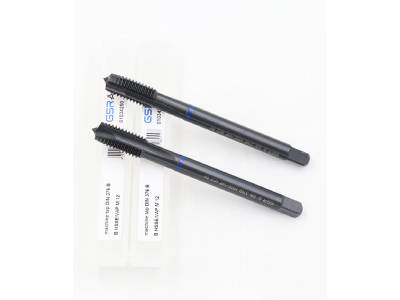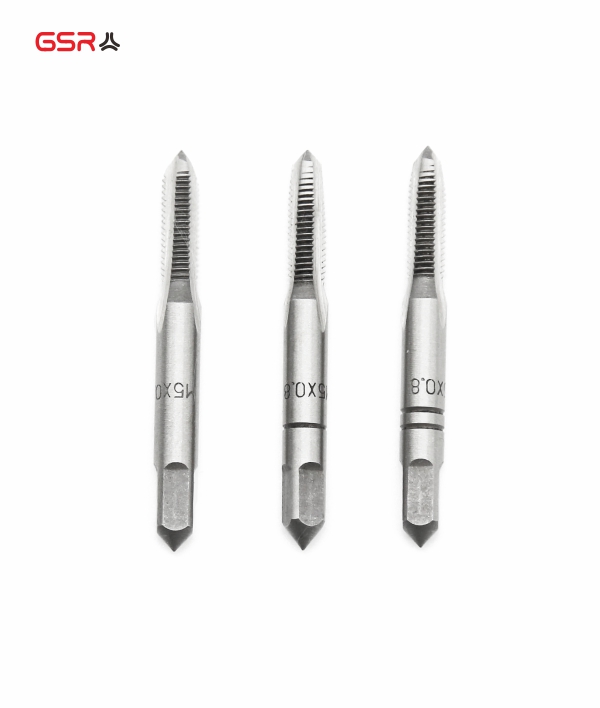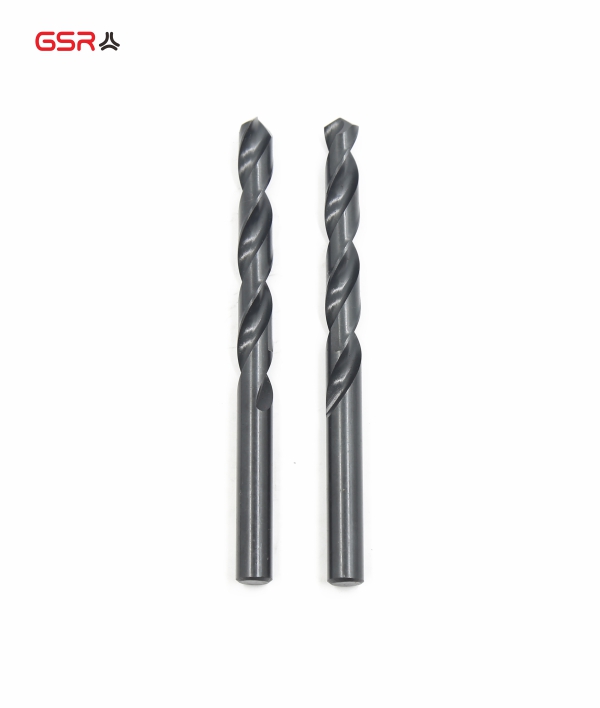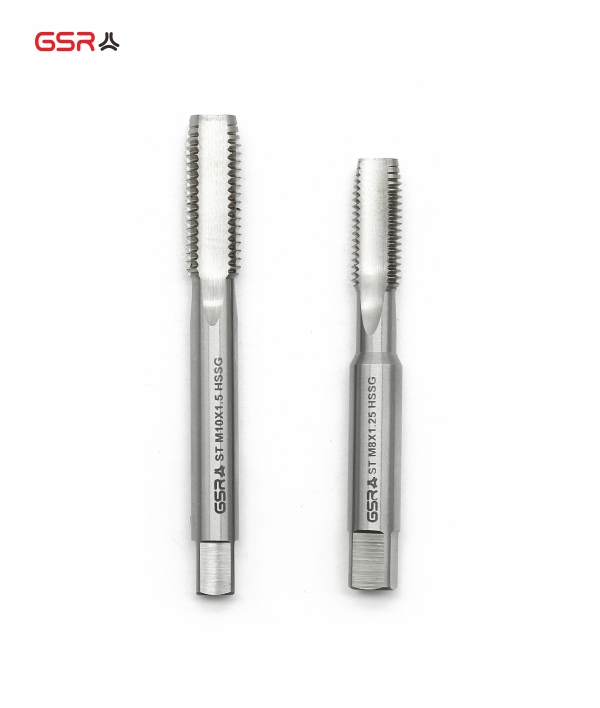Thread Cutting on Lathes
On lathes, internal and external thread cutting can be done with the help of a threading tool or with the help of a Machine Tap and die, respectively.
When cutting threads with the help of a tool, the following requirements need to be met.
1. There should be a relationship between the number of revolutions of the workpiece and the number of revolutions of the lead screw to control the linear motion of the tool parallel to the workpiece when the half-nut engages the lead screw.
2. The tool should be ground to the proper shape or profile of the thread to be cut.
In modern engine lathes, quick change gearboxes are provided in which different ratios of spindle and lead screw revolutions can be easily obtained by simply moving the change gear lever. In a normal engine lathe, the gears must be changed each time.

Machine Tap
For cutting lathes, an accurate screw is necessary, i.e. careful control of the relationship between the saddle movement and the rotation of the work.
Normally, the drive is first transmitted to the spindle called the stud, which for all intents and purposes can be assumed to be the spindle itself, since it rotates at the same speed and direction, unless it is made to reverse by a roller mechanism. From the stud, the driving force is transmitted to the lead screw through a train of gears.
In order to change the relationship between the rotation of the leadscrew and the rotation of the stud, the set of gears can be changed. Note that the spindle gears never change while Cutting Thread cuts. The stud gears and lead screw gears change whenever a specific ratio between the spindle and lead screw is required.
When cutting internal and external threads, the following points need to be considered.
1. The tool should be set exactly at the height of the work centerline and at 90° to the work. To set the tool, a tool setting gauge is generally used.
2. The tool should be accurately set at 90° to the work axis or at an angle of 27° to 30° to the work axis. The latter method is used in most cases because the entire side of the tool is used for cutting, which results in a better finish of the threads.
3. When cutting threads, the operating speed is reduced to one-third or one-fourth of the operating speed in turning operations.
We also have Thread Repair Tools available, please feel free to contact us if you need them.













